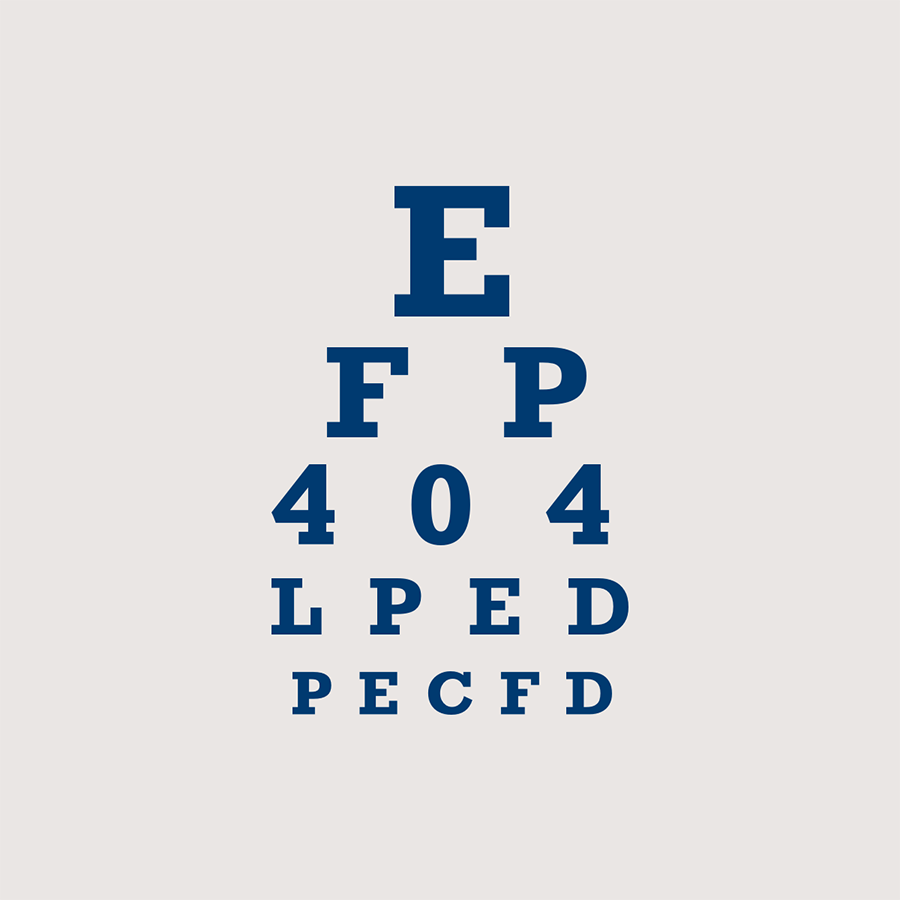

WE'RE NOT SEEING THAT
The page you're looking for may have been moved or renamed. Try conducting a keyword search below.


The page you're looking for may have been moved or renamed. Try conducting a keyword search below.